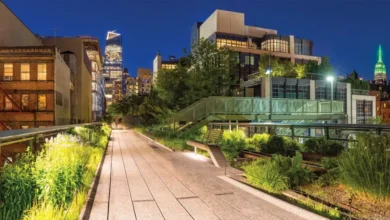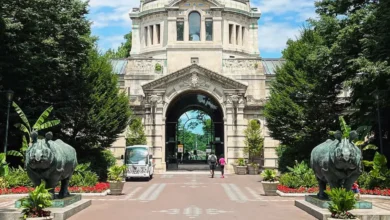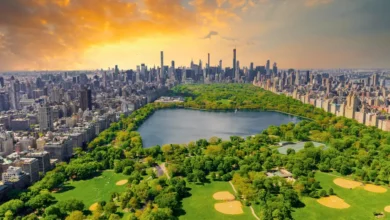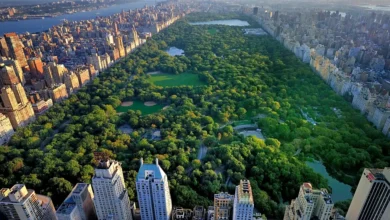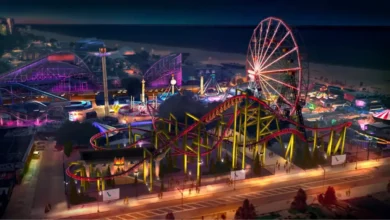Table of Contents
Broadway Revivals: A Second Chance for Classic Shows
Broadway, often referred to as “The Great White Way,” is more than just a street in New York City. It is the epitome of American theater, a place where dreams are realized and where stories come to life. This 13-mile stretch, from Lower Manhattan to the Bronx, is home to 41 professional theaters, each with more than 500 seats, making it the pinnacle of live theater in the United States. In this blog, we will delve deep into the history, evolution, and significance of Broadway, explore some iconic shows and figures, and examine its impact on culture and society.
The Origins of Broadway
Early Beginnings
Broadway’s story begins in the early 18th century when New York City was still a fledgling colony. The first recorded instance of a theater performance in the city dates back to 1732. By the mid-19th century, as New York grew into a bustling metropolis, so too did its appetite for theater. Theaters began to sprout along Broadway, then already a major thoroughfare in Manhattan.
The Rise of Musical Theater
The late 19th and early 20th centuries marked the beginning of the American musical theater. Influences from European operettas and the vaudeville tradition melded together to create a uniquely American art form. The opening of “The Black Crook” in 1866, often considered the first true American musical, set the stage for a new era of entertainment. This show combined dramatic storytelling with music and dance, laying the groundwork for future productions.
The Golden Age of Broadway

The 1920s to the 1960s
The period from the 1920s to the 1960s is often referred to as the Golden Age of Broadway. This era saw the production of many classic musicals that continue to be beloved today. Shows like “Show Boat” (1927), “Oklahoma!” (1943), “West Side Story” (1957), and “The Sound of Music” (1959) became cultural touchstones, defining the musical theater genre.
During this time, Broadway was not just a place for entertainment; it was a cultural institution. The works produced during this period reflected societal changes and often pushed the boundaries of what was considered acceptable. For example, “Show Boat” tackled issues of race and miscegenation, while “West Side Story” addressed gang violence and racial tensions in urban America.
Influential Figures
Several key figures emerged during the Golden Age, whose contributions shaped the future of Broadway. Richard Rodgers and Oscar Hammerstein II revolutionized the musical with their integrated approach, where songs and dances were woven seamlessly into the narrative. Their collaborations, including “Oklahoma!”, “Carousel”, and “The King and I”, set new standards for storytelling in musical theater.
Another influential duo, Leonard Bernstein and Stephen Sondheim, brought a sophisticated, complex approach to the genre. Bernstein’s “West Side Story” and Sondheim’s “Sweeney Todd” and “Into the Woods” showcased their ability to blend intricate music with profound storytelling.
The Evolution of Broadway
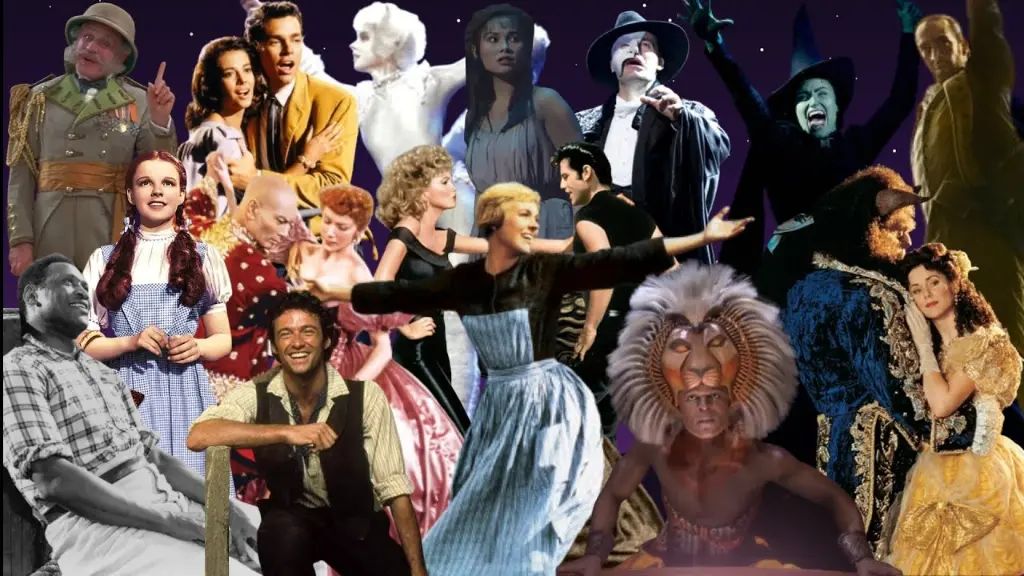
The 1970s and 1980s: A Time of Change
The 1970s and 1980s were a period of transformation for Broadway. This era saw the rise of the “mega-musical,” characterized by large-scale productions with elaborate sets, special effects, and grand scores. Andrew Lloyd Webber became a prominent figure with hits like “Jesus Christ Superstar” (1971), “Cats” (1981), and “The Phantom of the Opera” (1986). These shows not only captivated audiences but also set new benchmarks for commercial success.
The 1980s also witnessed the emergence of groundbreaking works that challenged traditional forms. Stephen Sondheim continued to innovate with shows like “Sunday in the Park with George” (1984) and “Into the Woods” (1987), which combined artistic ambition with commercial viability.
The 1990s and 2000s: A Period of Revival
The 1990s and 2000s marked a resurgence for Broadway, with a renewed focus on artistic excellence and commercial appeal. The Disney Corporation’s entry into Broadway with “Beauty and the Beast” (1994) and “The Lion King” (1997) introduced a new era of family-friendly mega-musicals that drew large audiences and significant revenue.
This period also saw the rise of jukebox musicals, which used the songs of popular artists to tell new stories. Shows like “Mamma Mia!” (1999), featuring the music of ABBA, and “Jersey Boys” (2005), based on the life and music of Frankie Valli and the Four Seasons, brought a new dimension to the Broadway landscape.
Contemporary Broadway: 2010s to Present
In recent years, Broadway has continued to evolve, reflecting changes in society and culture. Lin-Manuel Miranda’s “Hamilton” (2015) revolutionized the genre with its innovative use of hip-hop and diverse casting. This musical not only became a cultural phenomenon but also sparked conversations about representation and inclusivity in theater.
Other contemporary hits like “Dear Evan Hansen” (2016), “Come From Away” (2017), and “Hadestown” (2019) have pushed the boundaries of storytelling and musical composition, demonstrating that Broadway remains a vibrant and dynamic art form.
Iconic Broadway Shows
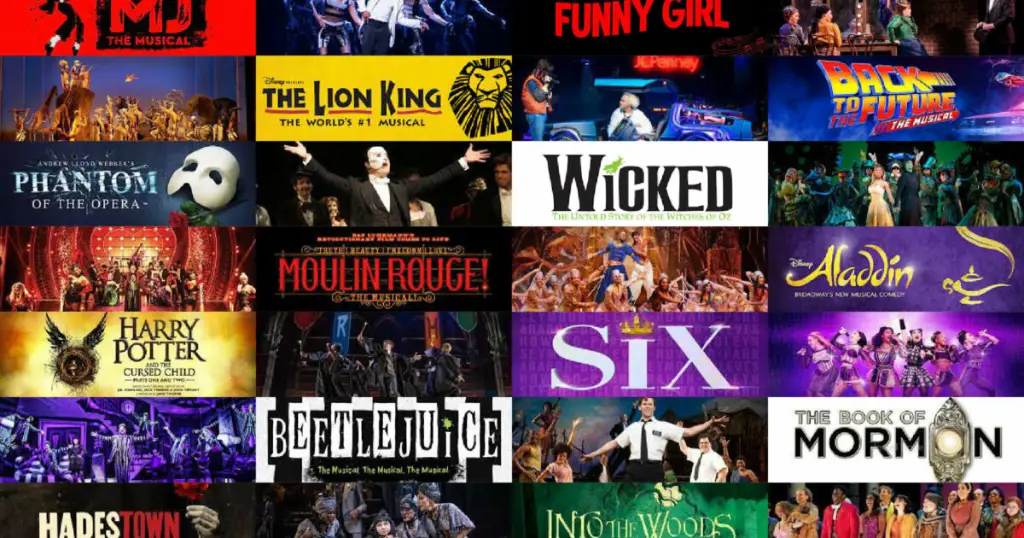
“The Phantom of the Opera”
Andrew Lloyd Webber’s “The Phantom of the Opera” holds the record for the longest-running Broadway show, having premiered in 1988. Its haunting score, lavish sets, and timeless story of love and obsession have captivated audiences for decades.
“Les Misérables”
Based on Victor Hugo’s novel, “Les Misérables” is one of Broadway’s most beloved musicals. With its sweeping score and powerful narrative of redemption and revolution, it has been a staple since its debut in 1987.
“Hamilton”
“Hamilton” is a modern masterpiece that has redefined what a Broadway musical can be. By blending hip-hop, R&B, and traditional musical theater, Lin-Manuel Miranda created a show that resonates with contemporary audiences while telling the story of America’s founding in a fresh, engaging way.
“Wicked”
Since its premiere in 2003, “Wicked” has enchanted audiences with its prequel to “The Wizard of Oz.” Its exploration of friendship, power, and identity, along with its memorable songs, have made it a modern classic.
The Impact of Broadway on Culture and Society
Cultural Influence
Broadway has had a profound impact on American culture, influencing fashion, language, and social norms. Iconic songs from Broadway shows often become part of the cultural lexicon, and phrases from musicals can enter everyday speech. For example, the phrase “breaking the fourth wall” originated from theater and has become common in describing various forms of media.
Social and Political Commentary
Broadway has always been a platform for social and political commentary. Shows like “Rent” (1996) addressed issues of HIV/AIDS, homelessness, and LGBTQ+ rights, bringing these topics to mainstream audiences in a powerful way. More recently, “The Prom” (2018) tackled LGBTQ+ representation and acceptance, continuing Broadway’s tradition of challenging societal norms.
Economic Impact
Broadway is also a significant economic engine for New York City. The industry generates billions of dollars annually through ticket sales, tourism, and associated businesses like restaurants and hotels. Broadway shows also create numerous jobs, from actors and musicians to stagehands and marketing professionals.
Behind the Scenes: The Making of a Broadway Show
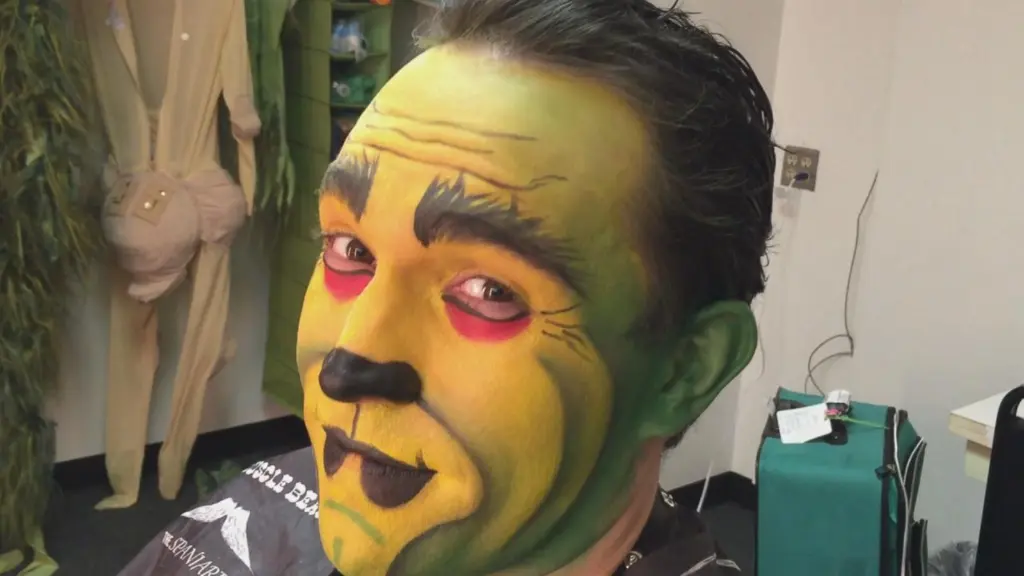
Development and Workshops
The journey of a Broadway show begins long before it reaches the stage. Playwrights, composers, and lyricists spend years developing the script and score. Workshops and readings allow creators to test their material and make revisions based on feedback.
Casting and Rehearsals
Casting is a critical step in the production process. Directors and casting agents search for actors who not only have the necessary talent but also the ability to bring characters to life. Rehearsals can last several months, during which the cast and crew work tirelessly to perfect every aspect of the performance.
Technical Aspects
The technical aspects of a Broadway production are just as important as the performances. Set designers, costume designers, lighting designers, and sound engineers collaborate to create a cohesive visual and auditory experience. These elements enhance the storytelling and immerse the audience in the world of the show.
The Future of Broadway
Embracing Diversity and Inclusion
The future of Broadway is likely to be shaped by a continued emphasis on diversity and inclusion. Productions are increasingly featuring stories from diverse perspectives and casting actors of various backgrounds. This shift not only reflects societal changes but also enriches the theatrical experience by presenting a broader range of stories and voices.
Technological Innovations
Technological advancements are also poised to influence Broadway. From innovative set designs using digital projections to enhanced sound systems, technology is opening new possibilities for creative expression. Additionally, the rise of streaming platforms and digital theater experiences, accelerated by the COVID-19 pandemic, may lead to new ways of reaching audiences beyond the physical theater.
Environmental Sustainability
As the world becomes more conscious of environmental issues, Broadway is also taking steps toward sustainability. Efforts to reduce waste, use energy-efficient lighting, and incorporate eco-friendly materials in set and costume design are becoming more common. These initiatives not only benefit the environment but also demonstrate Broadway’s commitment to responsible practices.
Experiencing Broadway: Tips for Theatergoers
Buying Tickets
Getting tickets to a Broadway show can be a challenge, especially for popular productions. It’s advisable to purchase tickets well in advance through official channels. For those looking for discounts, websites like TKTS offer same-day tickets at reduced prices, and lotteries or rush tickets can provide opportunities for spontaneous theater visits.
Theater Etiquette
Attending a Broadway show comes with certain etiquette expectations. Arriving
on time, silencing cell phones, and refraining from talking during the performance are basic courtesies that enhance the experience for everyone. Additionally, respecting the performers by not taking photos or videos during the show is essential.
Making the Most of Your Visit
To fully enjoy the Broadway experience, consider exploring the vibrant theater district. Many theaters are located near iconic landmarks, restaurants, and shops, making it easy to plan a memorable outing. Pre-show dining and post-show discussions can add to the enjoyment and deepen your appreciation of the performance.
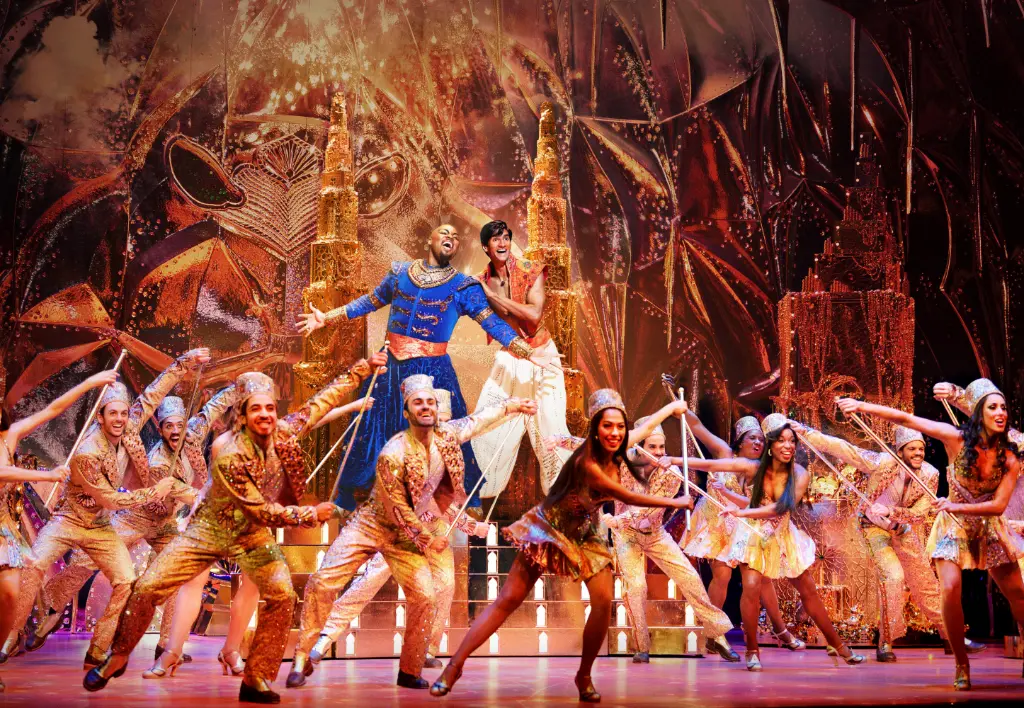
Broadway is a testament to the power of live theater. Its rich history, from humble beginnings to the dazzling productions of today, reflects the evolution of American culture and society. As Broadway continues to adapt and innovate, it remains a beacon of creativity and a symbol of the enduring magic of the stage. Whether you’re a lifelong fan or a first-time visitor, Broadway offers an experience that is both timeless and ever-changing, capturing the hearts and imaginations of audiences around the world.
